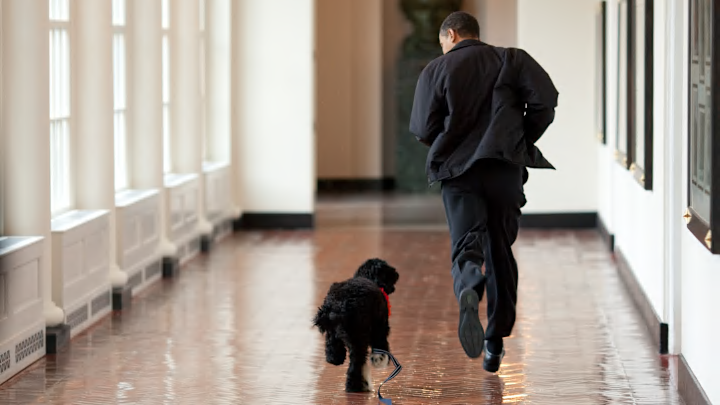How to Create a Pet-Friendly Home (Without Sacrificing Style or Sanity)

Sharing your space with a pet means more joy, more cuddles, and—let’s be honest—a little more mess. Whether you’ve just adopted a puppy, are housing an energetic cat, or have a senior pet who needs extra comfort, making your home pet-friendly is one of the best investments in your day-to-day peace.
The great thing is, building a pet-welcoming environment doesn’t mean giving up aesthetics or control of your space. With a few thoughtful changes, you can create a home that’s comfortable for your furry friend and works for your lifestyle.
Start with Their Comfort Zone
Just like humans, pets need a space where they can retreat and decompress. This could be a cozy bed in a quiet corner, a crate outfitted like a mini den, or even a sunny spot by the window. Having a “go-to zone” gives your pet a sense of ownership and calm, especially during busy or loud moments in the house.
If you’re working with limited space, even a small nook can do the trick—it’s all about creating a routine around it and making it feel safe.
Flooring, Furniture, and the Fur Factor
Let’s talk surfaces. Pets track in dirt, shed fur, and occasionally have accidents, so choosing materials that are easy to clean can make your life a whole lot easier. Many pet owners lean toward washable area rugs, slip-covered furniture, and durable flooring like vinyl or tile.
For those who love a tidy home, having a few cleaning tricks up your sleeve goes a long way. From fur-busting tools to odor-neutralizing habits, it’s all about small steps that prevent bigger messes down the line.
Keep Things Organized—For Both of You
As any pet parent knows, the gear adds up quickly. There’s food, toys, grooming supplies, leashes, treats, and more. Creating designated storage areas helps prevent clutter and makes daily routines more efficient.
Consider organizing by activity—like a grab-and-go basket by the door for walks, or a grooming kit tucked in the bathroom. Not only does it keep your home streamlined, but it also gives you a clear view of what you have (and what you might need to restock).
Safety First—Always
Pets are curious by nature, so making your space safe is key. Secure any loose cords, keep toxic plants out of reach, and be mindful of open windows or sharp edges on furniture. Kitchen and bathroom cabinets often house items that aren’t pet-safe, so adding simple child-proof latches can help avoid trouble.
If your pet is new to the home or still learning boundaries, a few physical barriers—like pet gates or door blockers—can create a safer and more manageable layout during those early days.
Design Around Your Routine
The best pet-friendly homes aren’t just about decor—they’re about daily life. Think about how your pet fits into your rhythm. If you love morning walks, maybe there’s a space near the entryway for leashes and boots. If your dog loves hanging out while you cook, consider a comfy mat near the kitchen where they can keep you company without getting underfoot.
When your home supports both your needs, things just flow better—and everyone’s more relaxed because of it.